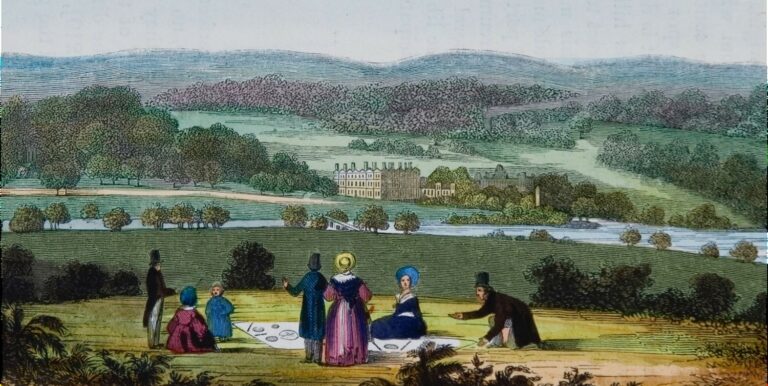During the reign of King James II, Colonel James Grahme held influential court positions as Keeper of the Privy Purse and Master of the Buckhounds, roles that placed him at the heart of royal life. As a mark of royal favour, he was granted a lease of Bagshot Park in Surrey, where the talented French gardener, Guillaume Beaumont, worked for a time.
Following the Glorious Revolution, James II was overthrown and replaced by William of Orange and his wife Mary, Grahme fell from Royal favour and sought a new home. In 1688, Grahme purchased the Levens estate from the Bellingham family. The hall, which originated as a pele tower, was altered and refurbished by James Bellingham around 1580. It is the largest Elizabethan house in the county and retains a fine contemporary interior.





